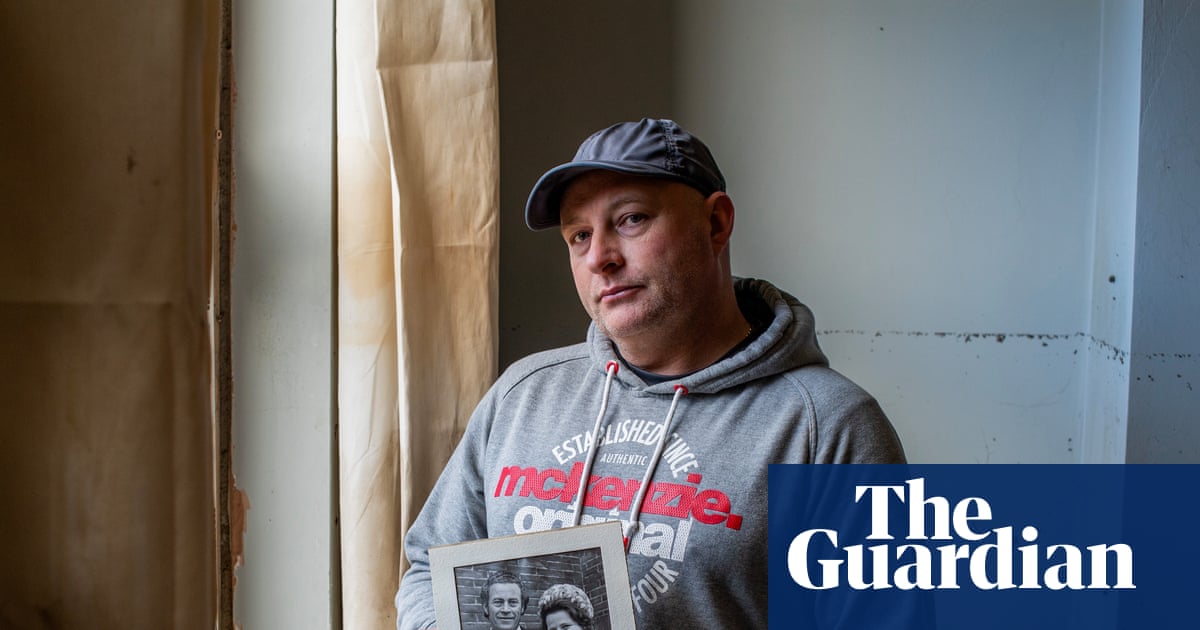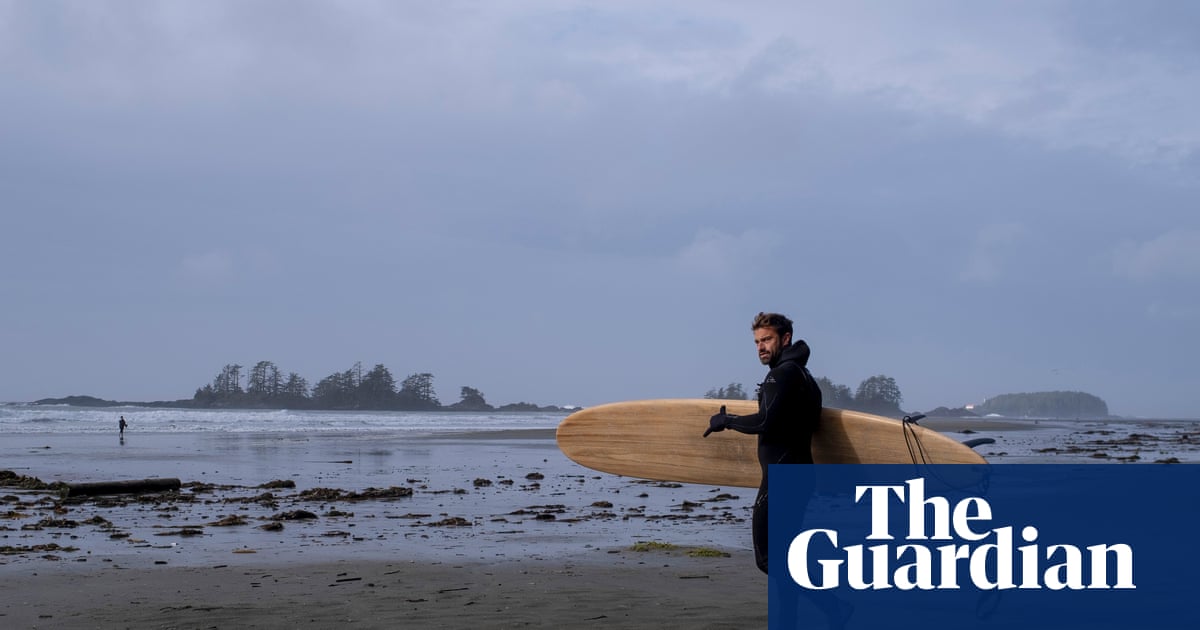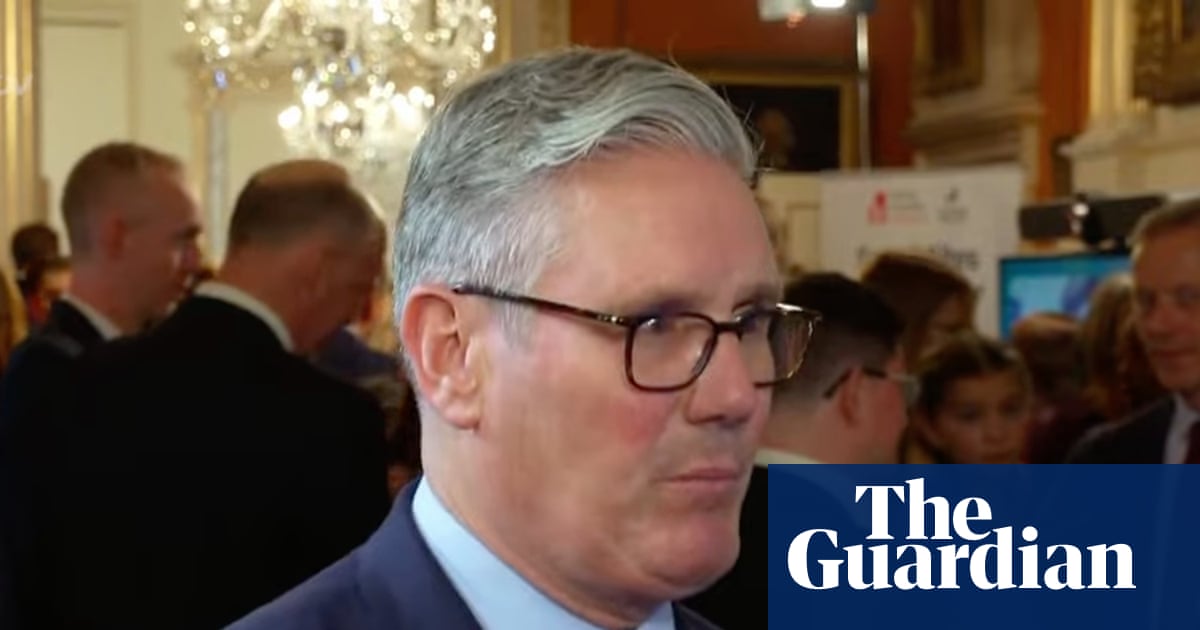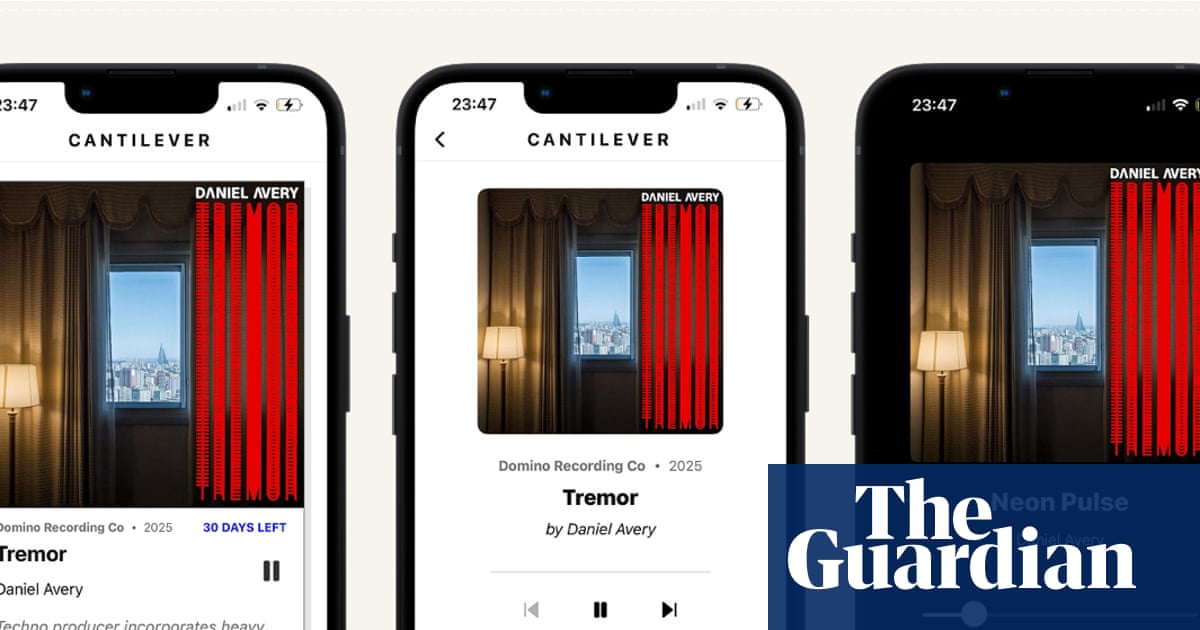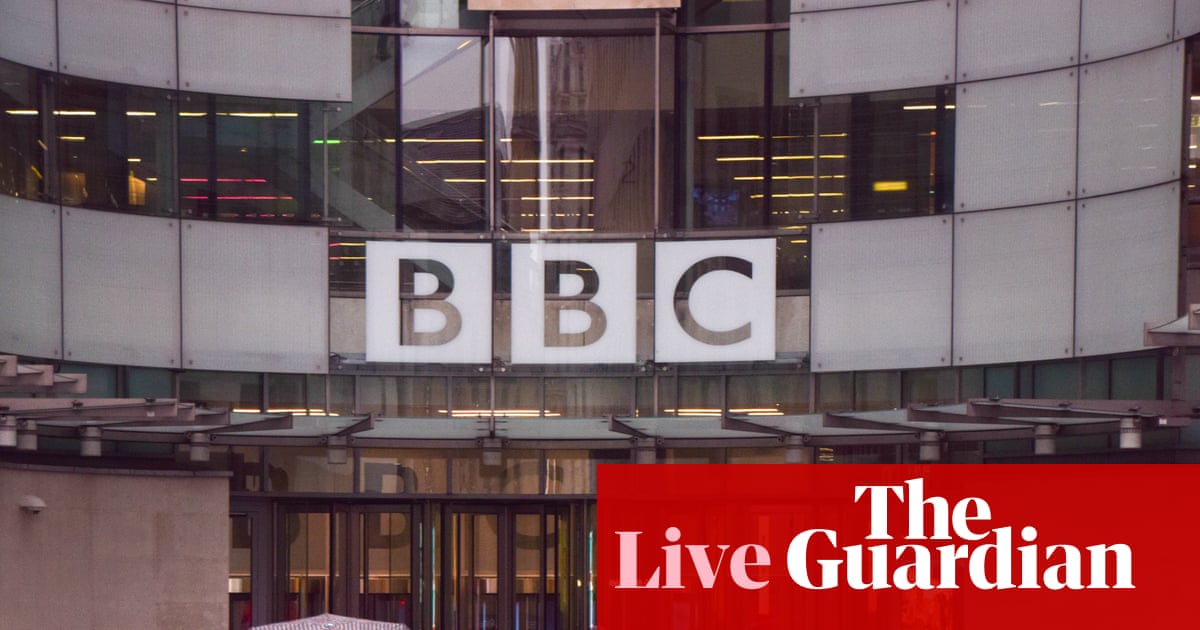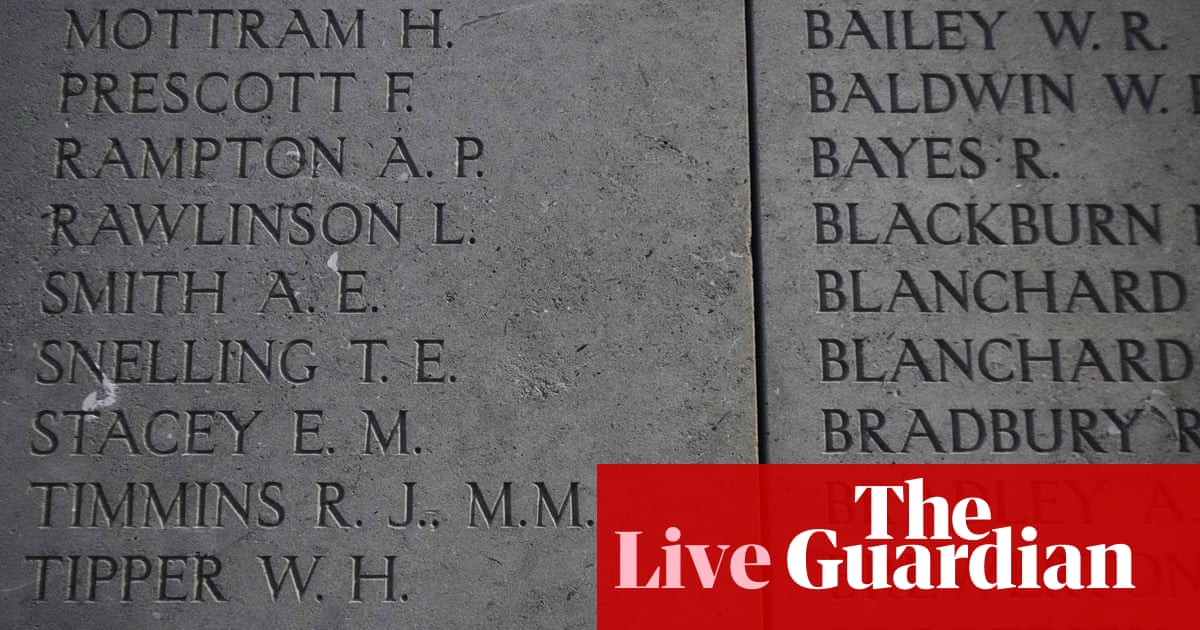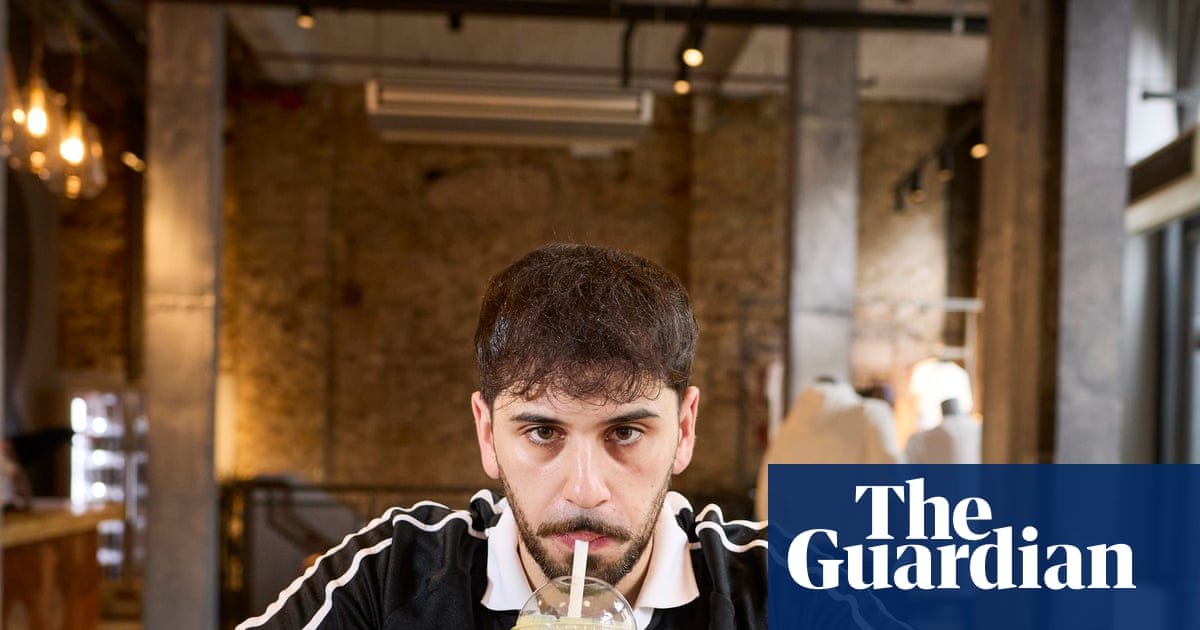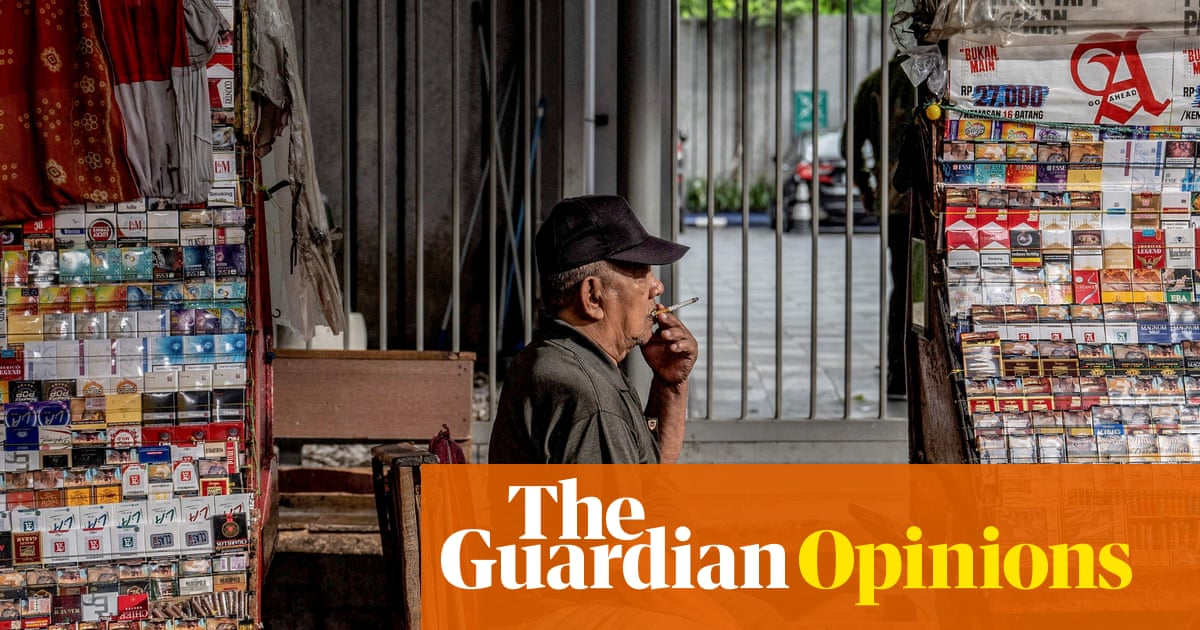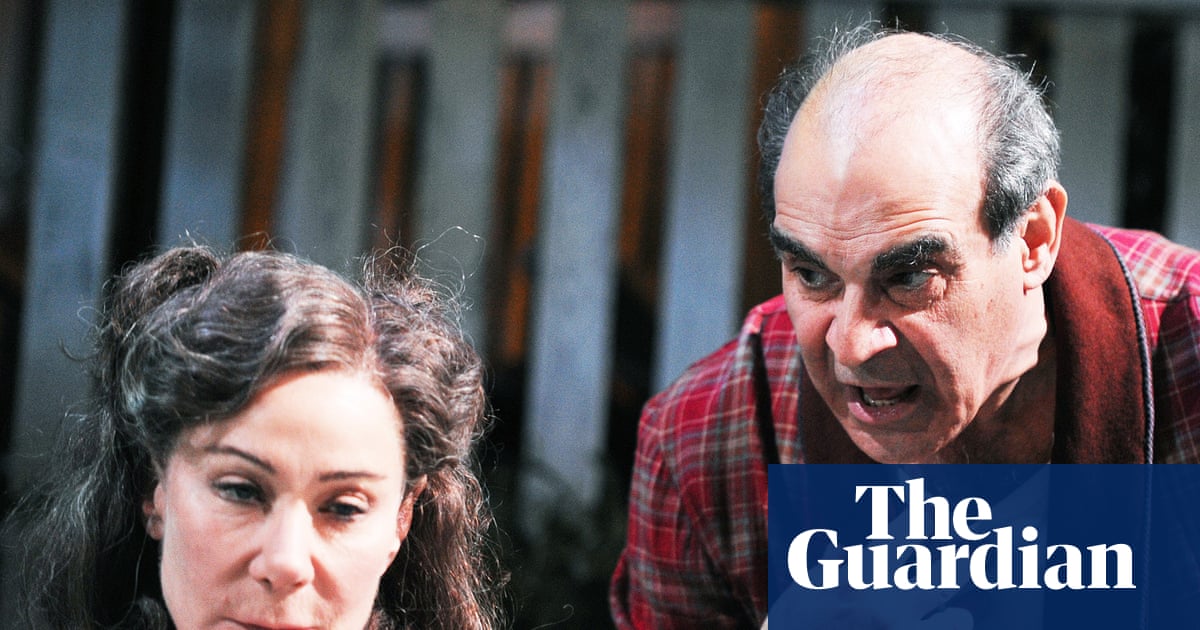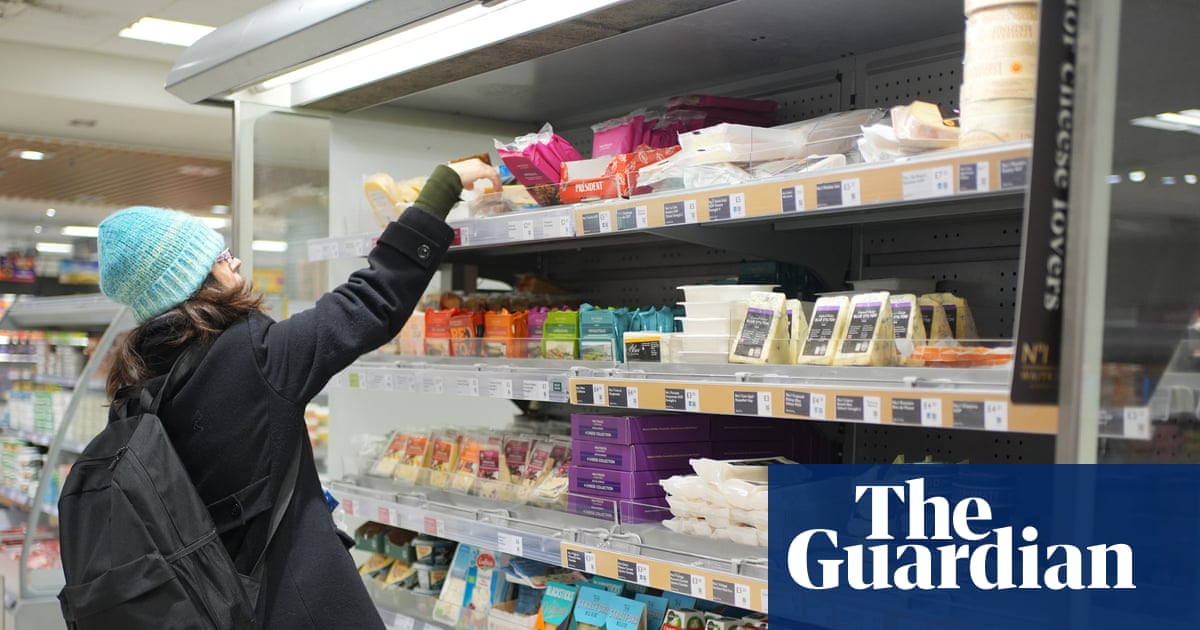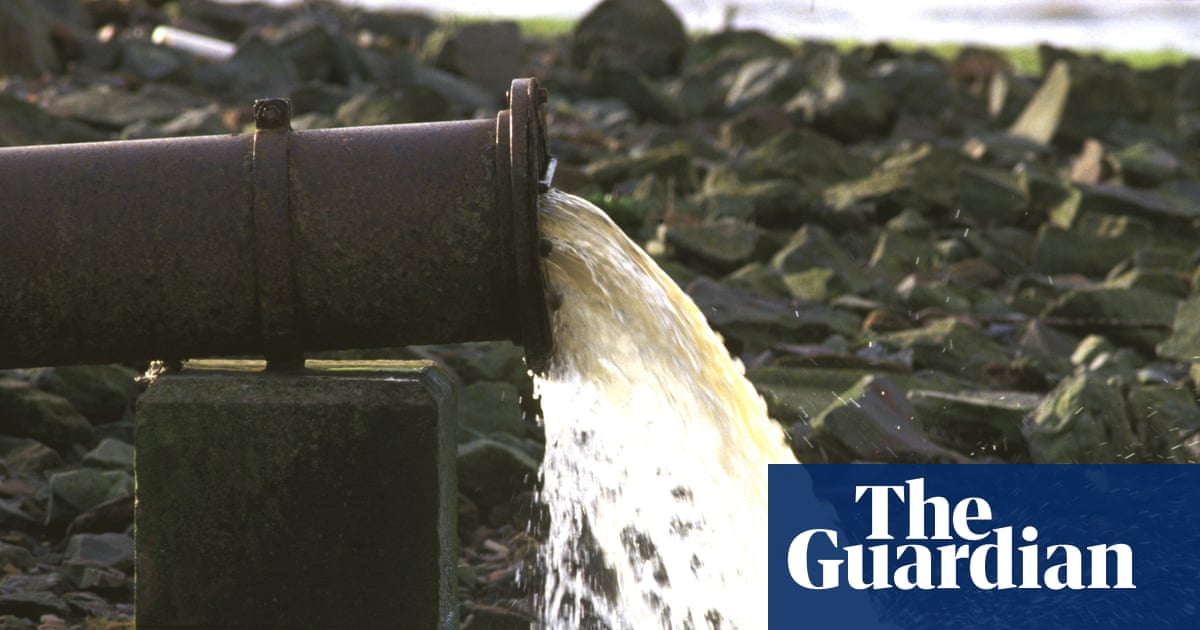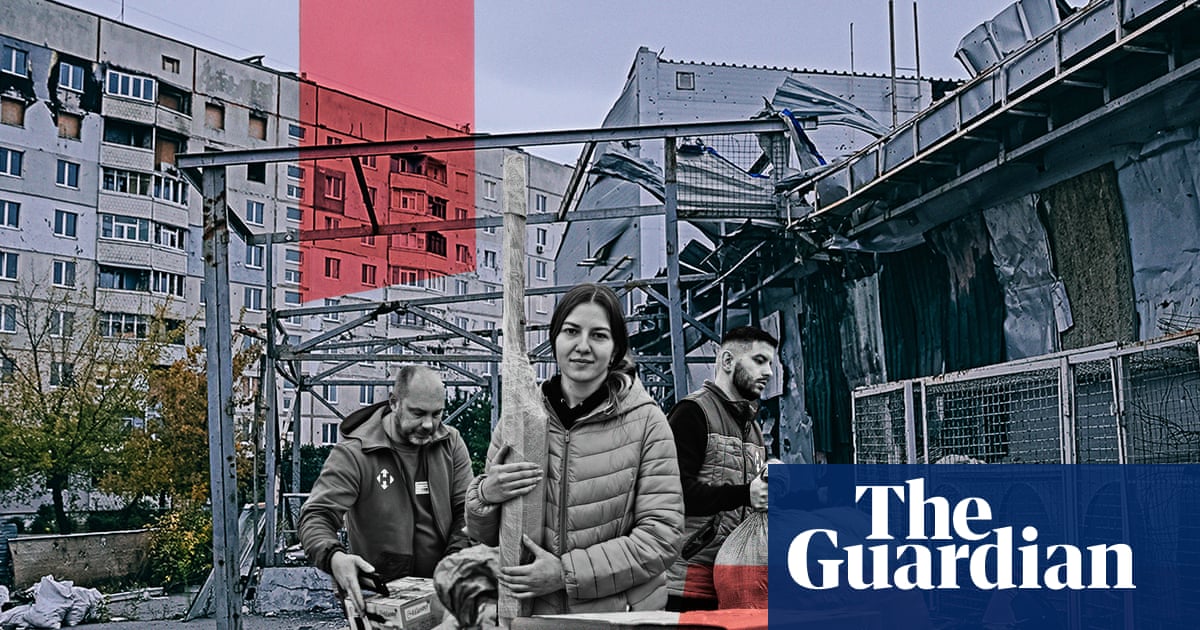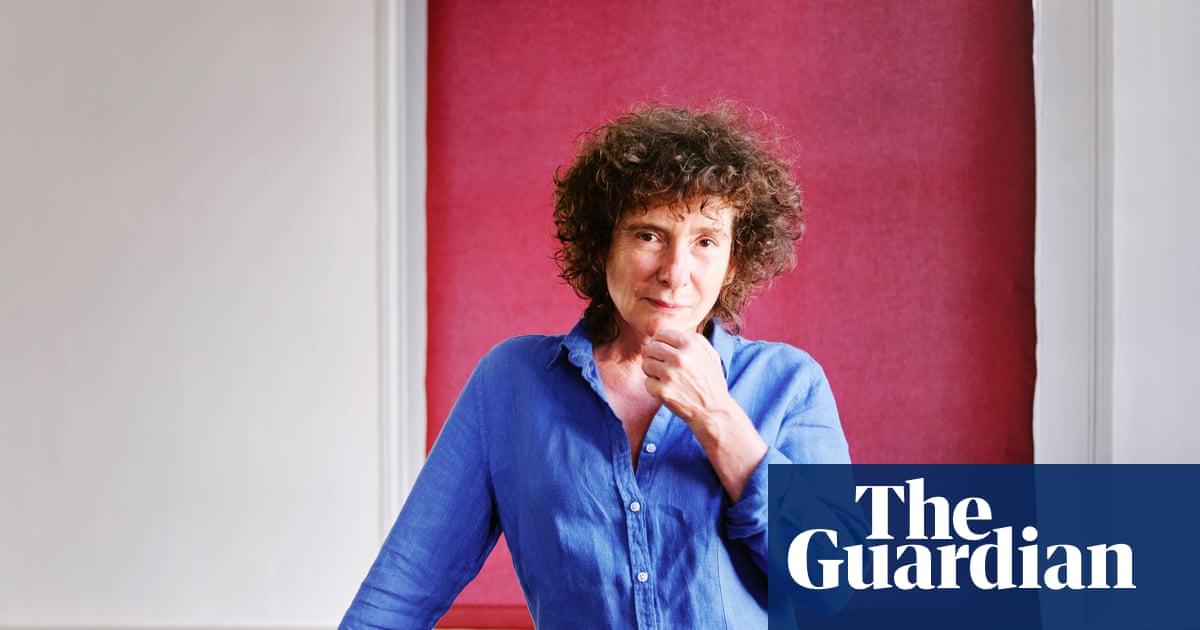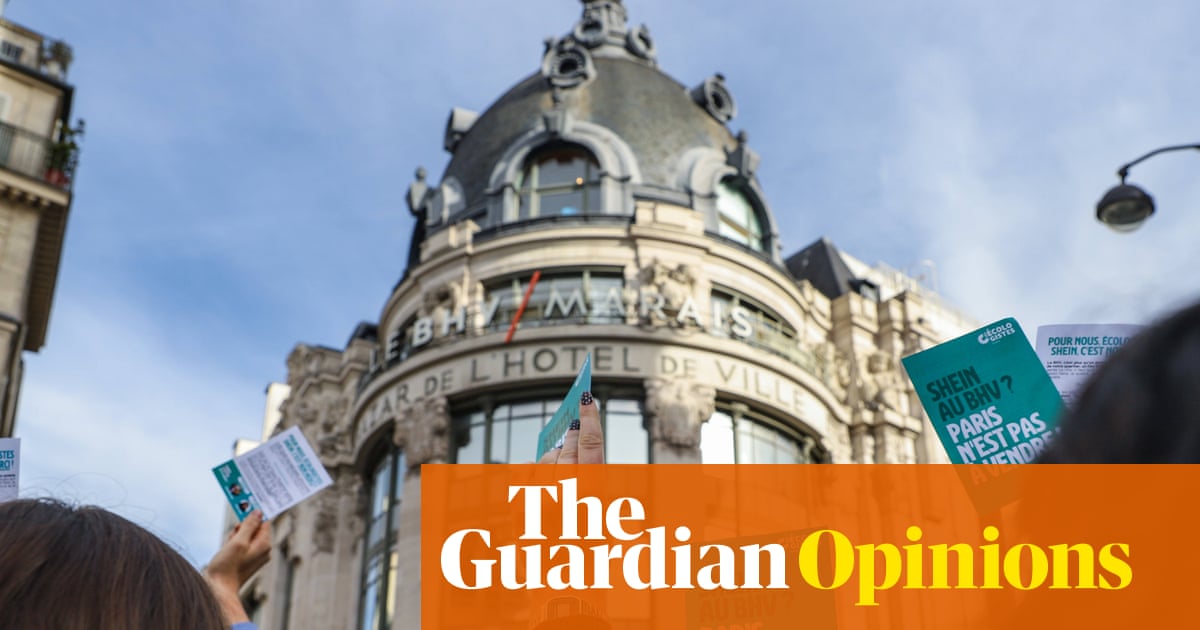After la rentrée, when adults and children alike across France head back to work and school after the seemingly endless summer holidays, you would be forgiven for thinking autumn is upon us. But, weather permitting, enthusiastic swimmers in Paris will be able to prolong that holiday feeling into September – by taking a dip in the River Seine.
For nearly 100,000 swimmers, one of the highlights of this summer in the city has been being able to take a splash in the cool river waters at one of the three free public bathing spots, made available this year for the first time in over a century.
They are the visible culmination of a huge, multiyear river cleanup operation that goes far beyond urban swimming, giving other cities a masterclass in looking after their waterways and adapting to the climate crisis. Paris, one of Europe’s most densely populated cities, has experienced extreme heatwaves in recent summers, and is already preparing for a 50C scenario.
Around the world, governments are scrambling to protect scarce water resources as temperatures rise. One part of adapting to rising temperatures is identifying and promoting a network of “cool islands”, such as bathing spots or green spaces, that can help people cool off in extreme heat. In recent years, Paris and its surrounding authorities have invested €1.4bn in infrastructure improvements to improve the water quality of the Seine. Sewerage systems have been upgraded, and an enormous, 50,000 cubic metres reservoir, the bassin d’Austerlitz, has been built to stock excess rainwater during storms, reducing the amount of untreated water that flows into the river, improving water quality and encouraging biodiversity. The Seine in and around Paris now contains more than 30 different species of fish, up from just three in the 1970s.
Paris is not the first European city to introduce or bring back river-swimming sites – try Amsterdam’s River Amstel and, if you’re heading to Basel in Switzerland, don’t forget your Wickelfisch bag – but it’s certainly the most visible, helped by last year’s river-based Olympic and Paralympic triathlons. “The idea was to have a concrete legacy that would allow us on an environmental level to stop polluting the river, to improve water quality to allow for ecosystems to redevelop – and to stop turning our backs on the Seine,” says Pierre Rabadan, deputy for sports and the Seine at the Paris mayor’s office.
Better connecting citydwellers to their river underscores the importance of looking after waterways, a vital part of adapting to the climate crisis. Achieving all that in Paris took political will, coupled with a readiness to invest in projects benefiting the environment and people’s quality of life. That’s something that has been in evidence over the course of the Socialist party’s Anne Hidalgo’s 11-year term as mayor.
Streets around many schools are now becoming car-free. Hundreds of kilometres of cycle lanes have unfurled across the Paris streets through the Plan Vélo, while abandoned spaces have been turned into rooftop farms and living walls under the Parisculteurs urban agriculture scheme. Since 2020, more than 100,000 trees have been planted in the city. The hugely successful Paris Plages scheme, put in place by Hidalgo’s predecessor Bertrand Delanoë, has seen formerly traffic-clogged roads along the river’s banks transformed into summer beaches.
For the Seine cleanup, the pressure of a globally visible deadline was a catalyst, and last summer Paris met its initial goal, of water (just) clean enough for the Olympic and Paralympic triathlons. What they have managed to achieve could now act as a blueprint for other European cities, with the right political will. Rabadan says he has been talking to his counterparts in other cities in Europe – and beyond – about how to replicate the Paris river-swimming model.
Different cities will face different logistical challenges, but Paris shows that repairing the damage industrialisation and urbanisation have inflicted on waterways can – and must – be achieved. And while it hasn’t been cheap, the costs of doing nothing in the long term would be greater for the planet and for society: upriver, the Seine provides a significant portion of the Paris region’s drinking water.
Last year, London mayor Sadiq Khan pledged to make part of the Thames swimmable by 2034, although the Port of London authority has warned that swimming in the tidal parts of the river will always be dangerous, highlighting just one complication London will face. But the Paris project shows that efforts can pay off. “Symbolically, we have shown that if it’s possible in Paris, it’s possible elsewhere,” Rabadan says.
Watched over by lifeguards, local residents and tourists alike, equipped with regulation yellow inflatable floats, have been flocking to the three swimming sites – the Bras Marie, near the Île Saint-Louis in central Paris, Bercy, farther east, and Grenelle, over towards the Eiffel Tower – to plunge into the river. (Though two have now closed for the winter, Bercy remains open until 14 September and, weather permitting, for a final weekend on 20-21 September.)
after newsletter promotion
In what he admits is an unusual scenario for a politician, Rabadan says he has had absolutely no negative feedback from visitors to the sites. Paris is already planning the three sites for next summer (the most central Bras Marie site will be adjusted to allow for longer opening hours without affecting riverboat traffic).
Twenty other areas in the greater Paris region have applied to open their own bathing sites and, inspired by Paris, elsewhere in France activists are organising mass swims to call for their own stretches of water to be made swimmable. The future of the Seine bathing project – and the river itself – looks bright. Now other cities across Europe and beyond should be equally ambitious.
-
Helen Massy-Beresford is a journalist based in Paris

 2 months ago
66
2 months ago
66
